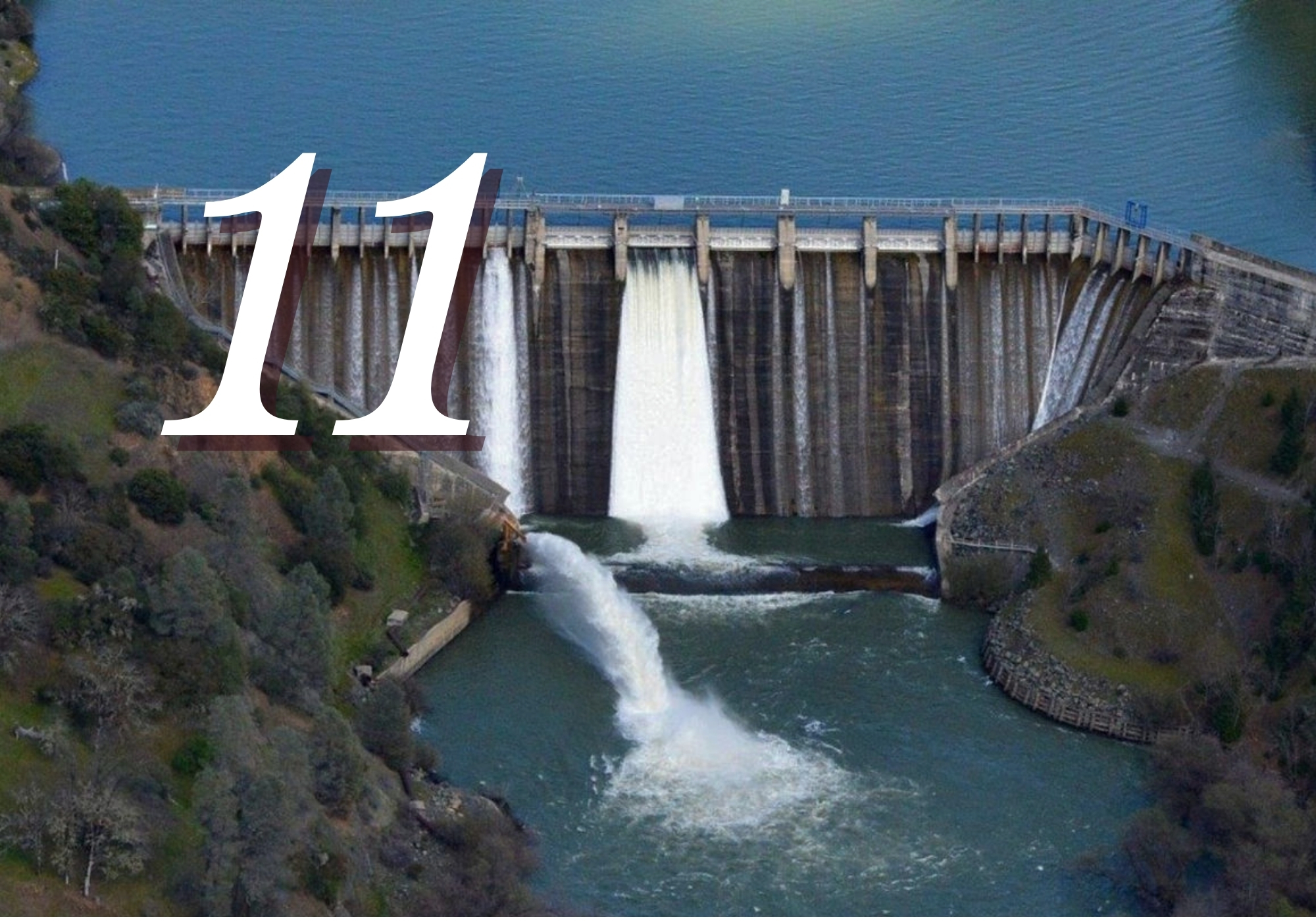Dam Removal
Many reasons have been put forth to justify widespread dam removals, particularly that that it will allow fish to return upriver. Alternatively, it has been claimed that the dam is too old and is structurally unsound. Or it is vulnerable to earthquakes, especially in California. Except that the Potter Valley dam has lasted for 103 years. And most of California is vulnerable to earthquakes. If a dam is unsound, why not replace the dam instead of destroying it, as well as the lake it created, the recreational opportunities it offers, and putting local farmers out of business by denying them water for irrigation?
“In the past week, Northern California’s century-old Potter Valley Project crossed a major threshold toward dismantling. On July 25, PG&E submitted its formal plan to federal regulators to tear down the two-dam system that has rerouted Eel River water into the Russian River for over a century.
“…PG&E now says the project is outdated, seismically vulnerable and economically unsustainable. Its decommissioning plan calls for removing both Scott and Cape Horn dams, eliminating the hydroelectric plant and draining Lake Pillsbury — triggering sharp debate across both river basins.
NERF, the proposed replacement, would divert water only during high winter and early spring flows, a major shift from the summer diversions that Russian River communities have long relied on. Eel River advocates say the timing is designed to protect salmon and restore ecological balance, but in the Russian River watershed, where steady summer water is critical for farming, tourism and recreating, concerns are mounting….
“… The agreement can only be renewed if it’s doing what it’s intended to do,” he said, meaning diversions could be scaled back even further if they harm conditions on the Eel River. In essence, the agreement prioritizes the health of the Eel River’s flows over guaranteed water deliveries to the Russian.
… Meanwhile, PG&E’s own documents submitted last week to the Federal Energy Regulatory Commission make clear just how disruptive dam removal will be for the Russian River watershed. The utility’s decommissioning plan warns of “unavoidable adverse effects” that would follow the end of water diversions. “Flows would return to natural flow conditions,” PG&E writes, meaning less water for farmers, ranchers and rural communities in the Russian River Valley, especially in summer.
Wildlife would feel the impact, too, PG&E outlines: The disappearance of Lake Pillsbury would erase a key hunting ground for ospreys and bald eagles. Tule elk might become stranded in sediment. Northern spotted owls could abandon nesting sites near the construction zone.
In its decommissioning application, PG&E acknowledges that life in the Scott Dam region will never be the same. The utility says the area will shift “from a lacustrine to riverine environment” — in other words, the calm lake will vanish, replaced by a raw, re-formed river. That transformation could have “unavoidable effects on recreation value, community way of life, and population and housing in the Scott Dam area,” PG&E writes. .Lake County Treasurer Patrick Sullivan warned that dam removal could carry serious economic consequences for the region. Sullivan estimated the resulting loss in property tax revenue alone could top $1 million annually. “That can hardly be characterized as a negligible impact to Lake County,” he wrote in a statement to SFGATE.”
Here is a report on Klamath Dam removals, which ten years later has failed to increase fish in the river after all:
https://www.zerohedge.com/political/dam-it-left-coasts-600m-fish-killing-grift






